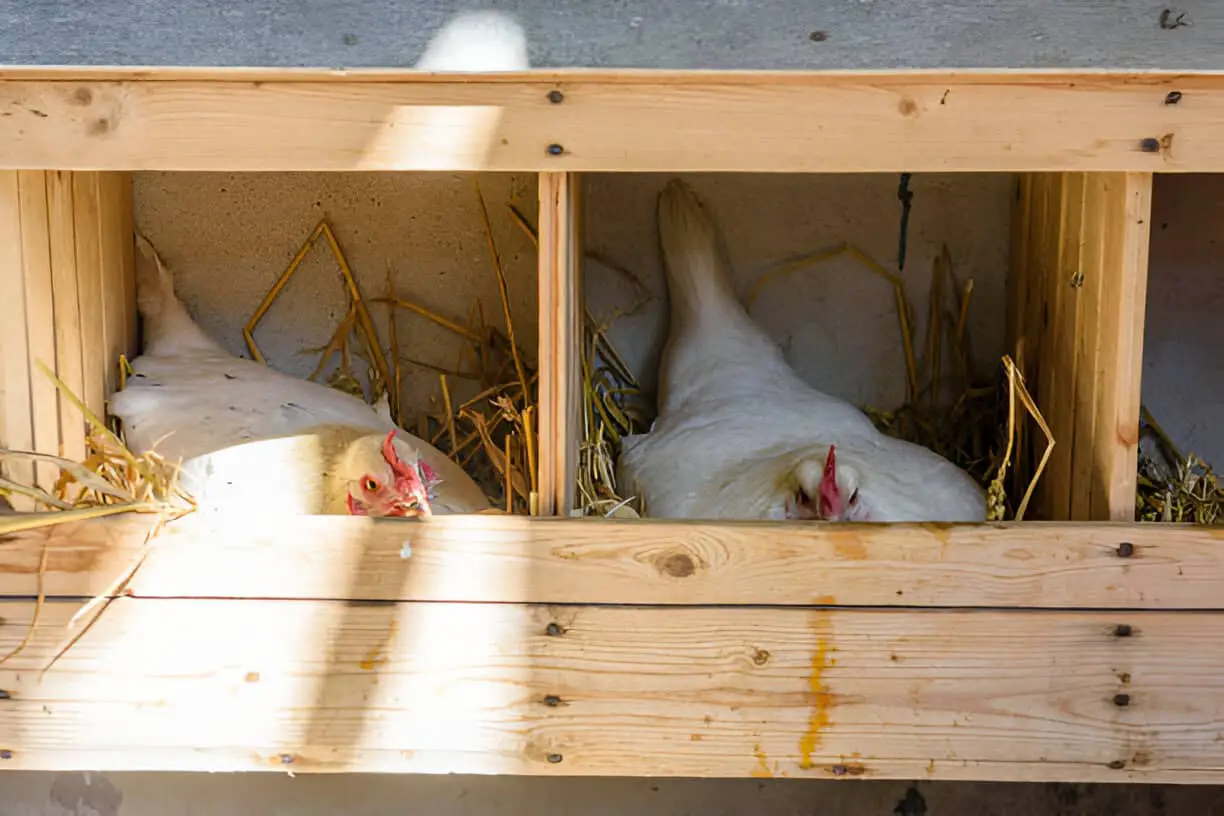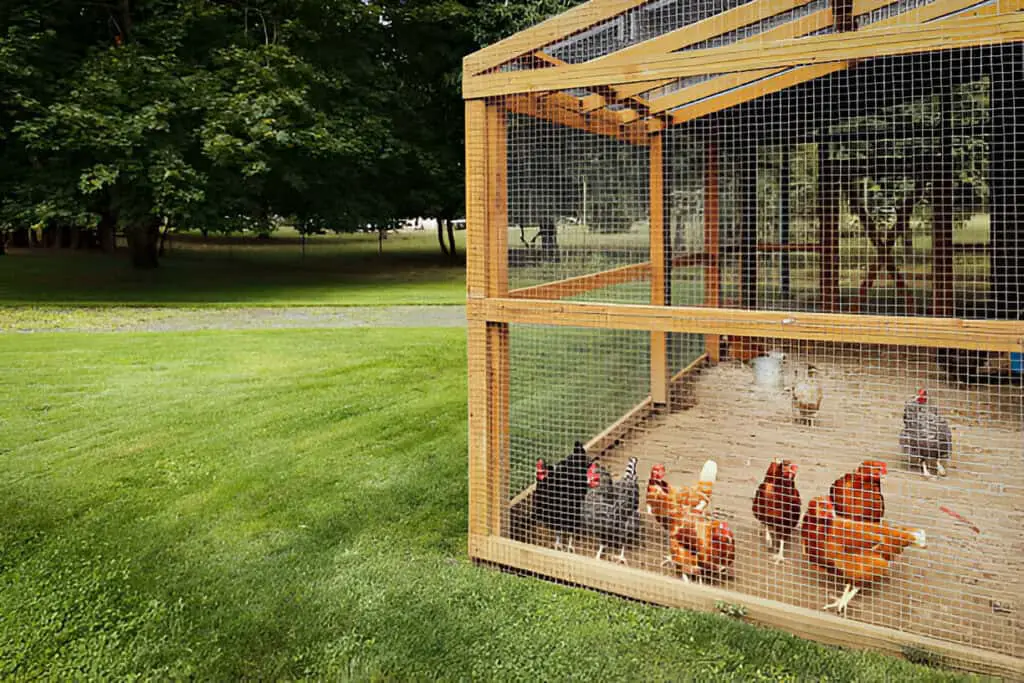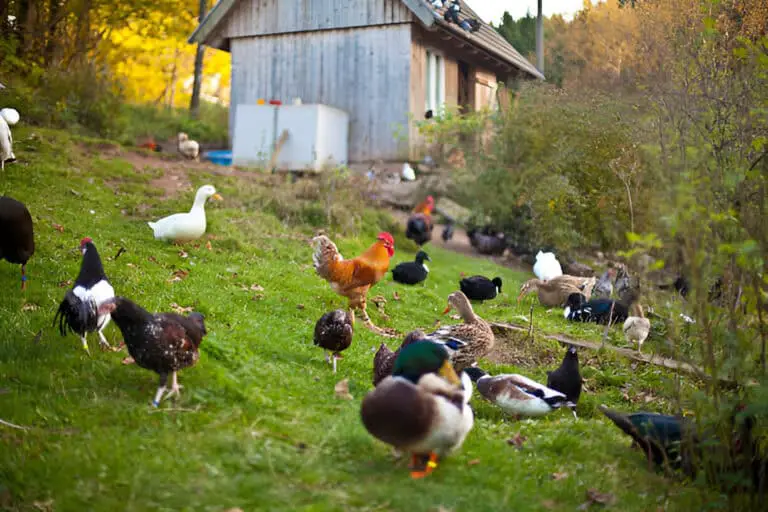Should Chickens Sleep in Nesting Boxes? Tips for Better Roosting Habits

When I first started raising chickens, I thought it was going to be a simple process. After all, how hard could it be? You build a coop, add some nesting boxes, and just wait for your chickens to be happy, right? Well, I quickly learned that it wasn’t as straightforward as I imagined. One night, I peeked into the coop and found half my flock snoozing in the nesting boxes instead of on the roosts. My first reaction? Cue the facepalm. I was confused—why were they sleeping in the nesting boxes, and was that okay?
It wasn’t until I started researching that I realized this was a common issue. But why is it so important for chickens to sleep on roosts instead of in the nesting boxes? Could something as simple as their sleep habits really impact their health and egg production? These are the questions that drove me to dig deeper, and I’m excited to share my findings with you.
In this post, I’ll explain why chickens shouldn’t sleep in the nesting boxes and offer practical tips on how to encourage better roosting habits. By the end, you’ll understand why this matters and have simple solutions to improve your chicken coop setup. Let’s dive in and make sure your flock gets the best night’s sleep possible!
Why Nesting Boxes Are for Laying, Not Sleeping

Nesting boxes are like the private bedrooms of the chicken world—a cozy, secluded spot for hens to lay their eggs. But sleeping in them? That’s like turning your bedroom into a 24/7 diner. It just doesn’t make sense. Here’s why:
- Hygiene: Chickens poop while they sleep. If they’re sleeping in the nesting boxes, those boxes will quickly turn into a messy disaster zone. Nobody desires to deposit eggs in an unclean nest!
- Space: Nesting boxes are small and enclosed, which isn’t ideal for a comfortable night’s sleep. Chickens prefer to roost on elevated perches where they can stretch out and feel safe.
- Instinct: In the wild, chickens roost in trees to avoid predators. Sleeping on a roost taps into their instincts and keeps them feeling secure.
So, if your chickens are bunking in the nesting boxes, it’s time to break the habit. Trust me, your flock (and your egg collection routine) will thank you.
The Roost vs. Nesting Box Debate: What’s the Difference?
Let’s break it down with a quick comparison:
| Feature | Roost | Nesting Box |
| Purpose | Sleeping | Laying eggs |
| Height | Elevated (2–4 feet off the ground) | Lower (easier access for hens) |
| Comfort | Wide, flat perch for gripping | Soft bedding for egg-laying |
| Cleanliness | Poop falls below, keeping it clean | Can get dirty if used for sleeping |
| Instinct | Mimics tree branches in the wild | Mimics secluded nesting spots |
As you can see, roosts and nesting boxes serve very different purposes. Mixing them up is like using your kitchen sink as a bathtub—it just doesn’t work.
Why Do Chickens Sleep in Nesting Boxes?
If roosts are so great, why do some chickens insist on sleeping in nesting boxes? Here are a few common reasons:
- No Roost Available: If your coop doesn’t have a proper roost, your chickens will find the next best thing—usually the nesting boxes.
- Roost is Uncomfortable: Chickens prefer wide, flat perches (about 2–4 inches wide). If your roost is too narrow or slippery, they’ll avoid it.
- Roost is Too High or Too Low: Chickens like to roost at a height that feels safe—usually 2–4 feet off the ground. If the roost is too high or too low, they might not use it.
- New Chickens: Young or new chickens might not know where to sleep and will follow the flock’s lead—even if that means crowding into a nesting box.
| Related: Backyard Chicken Coops Questions & Answers (Explained) | Family Life Share |
How to Train Your Chickens to Roost (Not Nest)
Breaking the nesting box habit takes a little patience, but it’s totally doable. Here’s how I got my flock back on track:
- Provide a Proper Roost: Install a sturdy, flat roost about 2–4 feet off the ground. Make sure it’s wide enough for your chickens to grip comfortably (2–4 inches is ideal).
- Block Off Nesting Boxes at Night: Use a piece of wood or cardboard to cover the nesting boxes after dusk. This forces your chickens to find another spot to sleep.
- Move Chickens to the Roost: If you catch your chickens snoozing in the nesting boxes, gently move them to the roost. They’ll eventually get the hint.
- Make the Roost Appealing: Add a little straw or bedding to the roost to make it more inviting. You can also place a few treats on the roost to encourage your chickens to explore it.
- Be Consistent: Chickens are creatures of habit. Stick with the routine, and they’ll eventually figure it out.
Comparing Egg Production
When it comes to egg production, where your chickens sleep can actually make a significant difference. Nesting boxes and roosting bars serve very different purposes in a chicken coop. Nesting boxes are meant for egg-laying, while roosting bars are designed for chickens to sleep and rest. If chickens sleep in the nesting boxes, they may disrupt their egg-laying routine, as they’ll be more likely to lay eggs outside of their usual time or in less-than-ideal conditions.
Proper roosting habits not only help with the timing of egg-laying but also can impact the overall quality of the eggs. Chickens that rest on roosting bars tend to have better circulation and a healthier reproductive system, leading to higher-quality eggs. A secure and comfortable sleep environment promotes better health, which translates into stronger eggshells and more consistent egg production.
| Sleeping Arrangement | Impact on Egg-Laying | Egg Quality |
| Nesting Boxes | Reduced egg-laying frequency, potential for broken eggs | Poorer shell quality, inconsistent size |
| Roosting Bars | Regular egg-laying schedule, less disruption | Stronger shells, more consistent quality |
Ensuring your chickens sleep on roosting bars instead of nesting boxes can help improve both the frequency and quality of their egg production. By setting up your coop for optimal rest, you’re setting the stage for happier, healthier chickens—and better eggs for your family.
The Chicken’s Perspective: What Your Flock Really Wants
At the end of the day, your chickens just want a safe, comfortable place to sleep. Here’s what’s on their wishlist:
- Elevated Perch: They want to feel safe from predators.
- Comfortable Grip: A wide, flat roost is easier on their feet.
- Clean Space: No one likes to sleep in a dirty nest.
- Social Spot: Chickens like to roost together, so make sure there’s enough space for the whole flock.
| Check out: Will Chickens Return to the Coop at Night? |
My Coop Journey: Lessons Learned the Hard Way
I’ll admit, I didn’t get it right the first time. My first coop had a narrow, slippery roost, and my chickens wanted nothing to do with it. They piled into the nesting boxes instead, and I spent way too much time cleaning up poop-covered eggs. But once I installed a proper roost and blocked off the nesting boxes at night, everything changed. My chickens were happier, my eggs were cleaner, and I finally got a good night’s sleep.
Final Thoughts: Roost Right, Sleep Tight
Raising chickens is a journey, and every flock is different. But one thing’s for sure: chickens shouldn’t sleep in nesting boxes. With a little patience and the right setup, you can train your flock to roost like pros.
So, what are you waiting for? Grab your tools, build that roost, and give your chickens the sleeping spot they deserve. Trust me, they’ll cluck their thanks.
Quick Recap: The Dos and Don’ts of Chicken Sleeping Arrangements
| Do’s | Don’ts |
| Provide a wide, flat roost | Use narrow or slippery perches |
| Block nesting boxes at night | Let chickens sleep in nesting boxes |
| Place roost 2–4 feet off the ground | Make the roost too high or too low |
| Be patient and consistent | Give up if they don’t get it right away |
Now go out there and teach your chickens to roost right!






